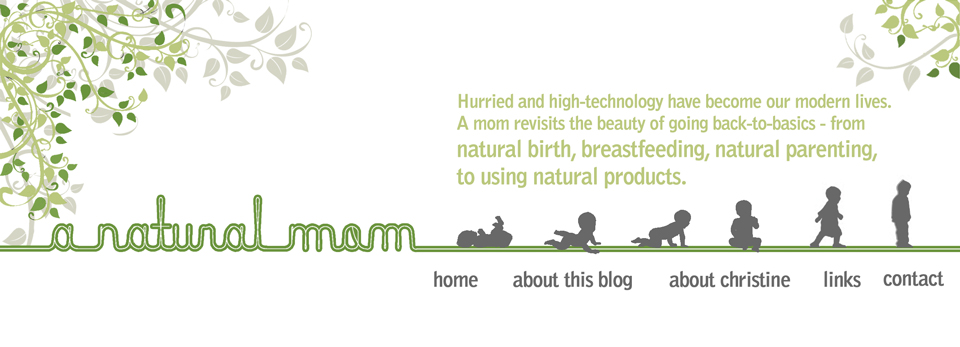I took an early leave to prepare for my upcoming birth and to take extra time to bond with my firstborn. Taking care of her when I am so heavy at 39 weeks is a challenge. I know toddler stage is probably the most active and explorative stage but believe me when I say she is extraordinarily active. Family and friends who have been with her can attest to this. Not that I am complaining, my pediatrician comforted us haggard parents that “an active body is a sign of an active mind”.
Unable to keep pace with her moving around so constantly, I employed the best arsenal I have – my colorful imagination. Reading time with mommy makes her very excited. She would quickly grab as many books as she could and sit comfortably on my lap. Away we go to exciting jungles where lions and elephants roam the great expanse of Africa. How Felix the fire truck saves the poor dog from a burning building or how Peter Rabbit narrowly escaped the wrath of Mr. McGregor! Elaborate details, exaggerated sounds and body gestures would literally make her eyes open wide and she would exclaim “Oh no!” And from her expression, I can tell that she is in that wonderful magical place of fantasy.
I know recently that there is this trend to expose children or even babies to early academic training. Emphasis is placed upon pushing them to learn ABC’s or count numbers at a very young age – and this age gets even younger as time goes by. We are living in such a competitive world that we parents are afraid that if we don’t push them early enough, children might fall behind and not excel in school. I would know. I tried flashcards and Baby Einstein videos (which by the way is being recalled for recent studies showing its ineffectiveness) as early as 6 months to ‘jumpstart’ her early learning. I found out that nothing could be further from the truth. Apparently, there is no scientific evidence that early academic training works. In fact, children turn out to be more stressed and less creative.
In the book “Raise a Smarter Child by Kindergarten” by David Perlmutter, M.D. and Carol Colman, it expounds that, “the choice of early academic intervention, especially the kind of “drill and test” that are so popular today is the wrong approach. Instead of building great brains, we are merely creating tape recorders that can regurgitate information but cannot synthesize it to come up with new ideas. At a time when a child should be encouraged to be creative, which is the foundation for advanced thinking, many children are being loaded with facts.”
It goes on to say that, “any child can memorize his ABC’s or learn to count if he is drilled long and hard enough, but these are not effective brain-building activities. Creativity is at the core of all problems, writing an essay, or designing a science project. For example, if your child is confronted with a new challenge, such as a difficult math problem or a challenging essay, what does he need to succeed? First, he must be comfortable with being in a novel and challenging situation. This comfort level is fostered during the first five years by allowing children to explore challenging situations, engage in creative play, and learn that failure is an option. In other words, it’s ok to take intellectual risks. It all requires creativity.”
This is music to my ears. Fostering creativity is what I do for a living. Almost anything can be used as a prop for imaginative play. In fact, the simpler the better and it can take us as far as our imagination goes. A big empty box is especially our favorite. It transforms from a hot air balloon, to a train, to an airplane and transports us to new exciting places. Even our pretend play – from being a princess to a tiger, the hunt for what material to use and making them is in itself part of the creative process.
 |
| The versatile pillow case as a Queen's Cape or a Tiger's Tail |
Just the other night, we had trouble putting her to bed as she was used to being carried and danced to sleep by her “yaya”. Her dad was getting tired carrying her so I asked him to put her down. As expected, she became fidgety, tossing, turning and wanting to go down the bed. With Alfred starting to get exasperated, I quickly exclaimed to her, “Ava, tell Daddy what an exciting day you had!” That got her attention and we both chimed in making heightened remarks like “Really?! You saw a squirrel climbing the tree?! Was he looking for his mommy?” and so on. We would make up stories and before we know it, she was off to dreamland. Whew!
So all these heavily marketed learning paraphernalia and expensive electronic toys are not really necessary. Aside from taking so much space in our tight living space, Ava gets bored with them so easily. It is quite restricting too. With creative play, I engage Ava to use her imagination and most importantly, to ask questions as these are sometimes more important than knowing the answers. Albert Einstein did say that, “Imagination is more important than knowledge. For knowledge is limited to all we know and understand, while imagination embraces the entire world, and all there ever will be to know and understand.”




